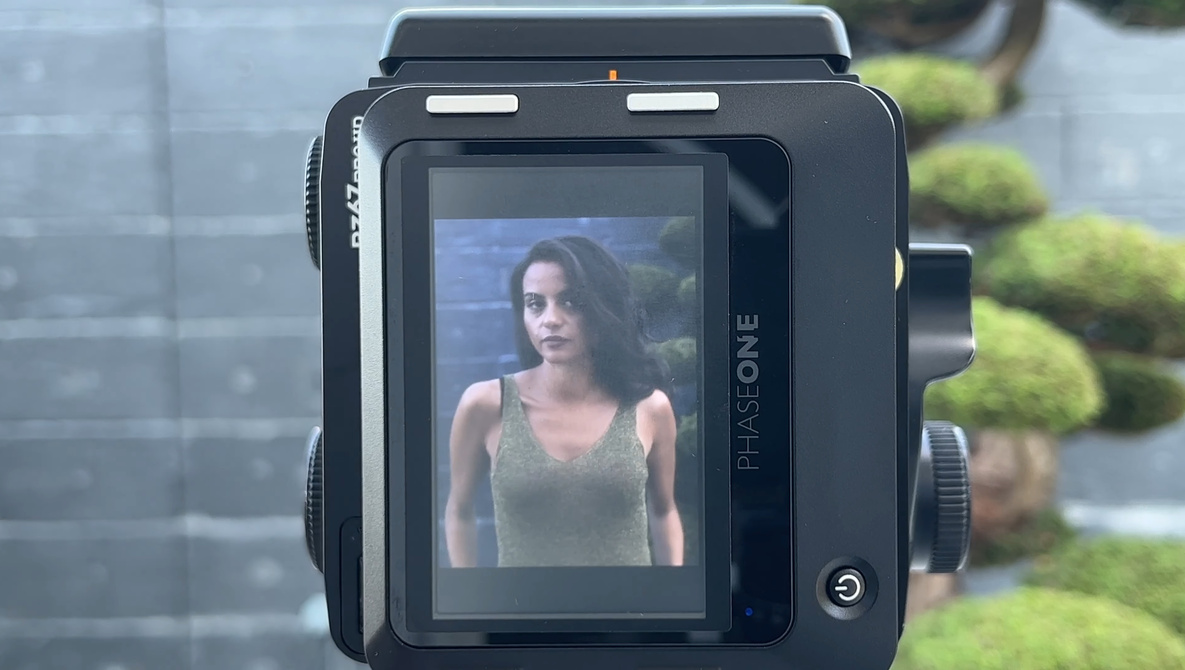Medium format cameras reveal depth and texture in a way smaller sensors can’t touch. That’s the kind of look most photographers chase when they want their portraits to feel dimensional instead of flat. It’s not about sharpness alone. It’s about how focus rolls away from the subject into blur, and how that shift shapes mood.
Coming to you from mathphotographer, this thoughtful video explores the tactile feel of using a Mamiya RZ67 Pro IID paired with a Phase One IQ4 digital back and the Mamiya 110mm f/2.8 lens. You see every step of the workflow without commentary, just the sound of the shutter and the rhythm of shooting. The video focuses on people photography, showing how medium format handles portrait depth and tone. The silence in the process works to your advantage. You watch how deliberate each move has to be when focusing on a subject’s eye with a 151.3-megapixel sensor and such shallow depth of field. It’s slow, patient work that rewards precision.
The footage and examples highlight both the promise and frustration of the setup. When the focus lands on the eyelashes, the detail is almost unreal. When it misses, it’s obvious. Some shots nail the focus perfectly, others fall just short. You see the challenge of keeping both model and photographer perfectly still with a wide-open aperture at f/2.8. Even slight breathing shifts the plane of focus. It’s a careful dance between patience and instinct. The results, though, show the medium format advantage: micro-contrast in the skin, the way hair edges melt into background, the creamy separation you can’t fake in post.
The later section turns into a study of bokeh itself. You can see how sharp lines dissolve gradually rather than abruptly. It’s a visual explanation of why sensor size matters, not just for resolution but for the feel of focus falloff. With a 110mm lens on a medium format sensor, the blur looks smooth, natural, and full. That gentle fade from focus to softness gives portraits an organic quality that feels closer to how human eyes actually perceive distance. Check out the video above for the full rundown.
